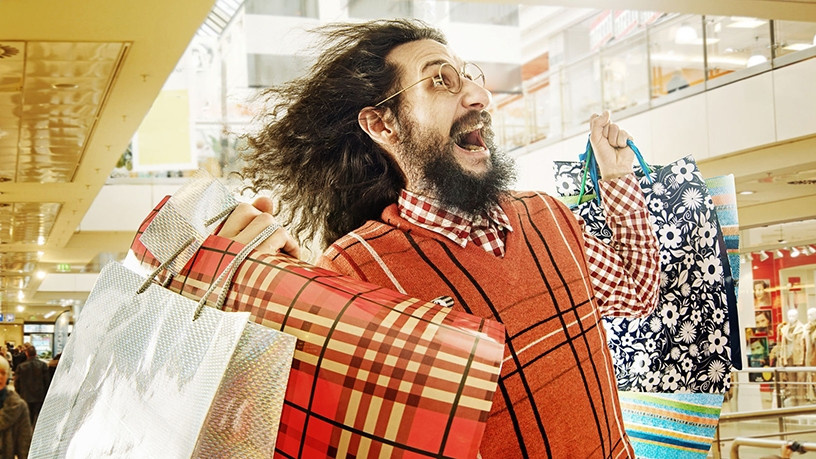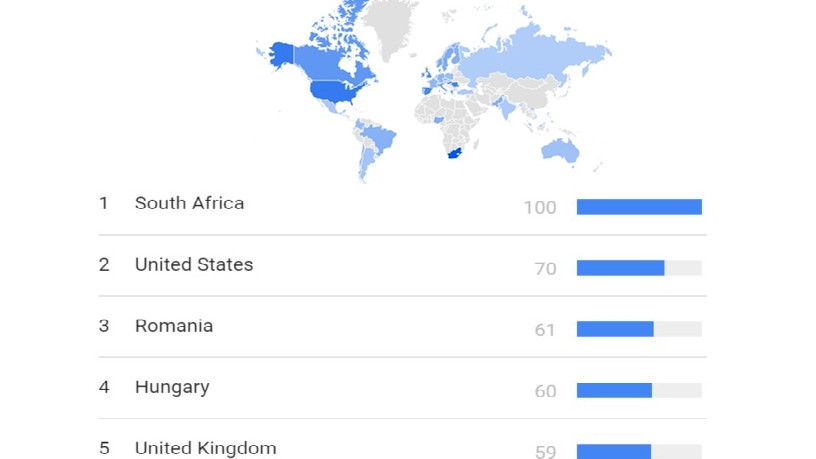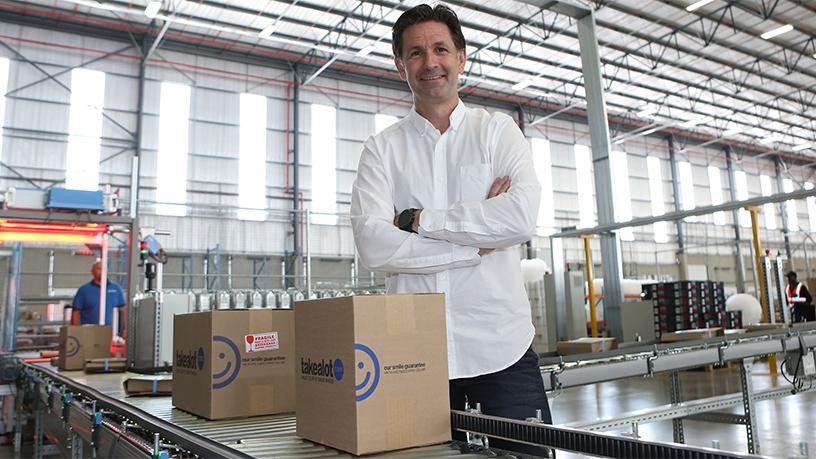
More people are choosing to scour Black Friday deals from the comfort of their own homes (or work desks), including those who were previously hesitant about shopping online, making it critical for local online retailers to ensure a good experience.
The sale is traditionally on the Friday after Thanksgiving in the US. The trend has been embraced globally in recent years and is regarded as the start of the festive shopping season.
Black Friday sales are expected to reach an all-time high in SA this year, as shoppers look to save some money in the tough economic climate, while stocking up on holiday gifts and season essentials before December.
According to Google, SA is the top-ranking country for Google searches about Black Friday, placing interest shown by South Africans higher than the birthplace of the season sales in the US. Google looks at search query volumes and equates these with population size to find the ranking.
Arthur Goldstuck, MD of World Wide Worx, says South African retailers hold this traditionally American holiday sale because it is a great excuse for retailers to kick-start holiday season shopping.
"Although it is associated with Thanksgiving, and is very American, it has achieved massive resonance in South Africa. Consumers see it as a wonderful opportunity to pick up bargain deals at exactly the time of year they need it."
He says he had previously been critical of Black Friday. "I saw it as local retailers jumping on the bandwagon but then not offering the crazy discounts that the sale is supposed to be about; it was an overused catch-phrase.
"However, this year retailers seem to be really getting it and I think a massive impact will be seen."
He says this Friday will probably be the biggest single day in e-commerce this year, accounting for up to 5% of total online retail.
First impressions

Goldstuck says online retailers in SA use Black Friday as an incentive to get people to try shopping online, whereas in the US it is more of a chance to get rid of old stock.
He says the difference between the countries is that in SA only 1.2% of total retail revenue is online, while in the US it is 10%. SA's share is expected to rise to 1.3%-1.4% next year, and if Black Friday is successful, this could go to 1.5%.
Last year and the year before, a number of sites crashed or customers had trouble checking out.
"It is critical online retailers here get it right, especially for first time customers; their first experience needs to be good, or they will not return."
Goldstuck says a good online shopping experience is when the customer gets what they order in good condition within the time the company promises to deliver.
A bad experience is when a customer battles to get onto the Web site, doesn't get what they ordered, waits too long getting it delivered, or has difficulty exchanging the product.
Takealot.com was one of the first online retailers to have a Black Friday sale in SA in 2012. However, the company runs it a little differently, calling it the Blue Dot sale, and it runs from Friday till the following Wednesday.
Kim Reid, Takealot CEO, says it started as, and still is, a marketing campaign to get people to try shopping online.
It is definitely working out for Takealot. He says in 2012, the company did R1 million in sales over the weekend, then R17.8 million in 2015, R56 million last year, with forecasts between R80 million and R130 million this year.
Reid says the aim is to deliver products in the time that Takealot promises when customers checkout: "Most Black Friday deals are in stock already, so we can push quite quickly."
He says on Black Friday, the peak is eight to 10 times a normal day, so the company needs to find ways to staff it efficiently. Takealot achieves this by increasing staff by up to 15% over the Christmas period and then double or triple shifts on buy days and skeleton staff on quieter days.
Takealot has been preparing for this Black Friday and festive shopping since the beginning of the year, making the site scalable to cope with the high volume of traffic expected.
Flocking in

Reid says Black Friday is not as profitable as a normal period. "If we sold the volume at full price it would be highly profitable. But it's not. This year we've got a lot of supplier-supported discounts in the channel."
However, he says it continues to hold the sale because it creates a buzz around e-commerce and attracts new customers. He notes Black Friday can bring in up to 2.5% of total new customers in a year on one day.
"Over the whole sale period, we reckon it will climb to about 6%. Six times the usual amount of new customers come in on Black Friday. It gets people in and once in, they tend to stay."
Reid says in the early Takelaot days, it used to be 1.4 to 1.6 items per order. Last year, it was 3.2 and it is looking at 3.4 if not higher this year. "People order more stuff and come back more frequently. This shows the stickiness and how the base is growing."
Goldstuck predicts electronics will be the biggest category, followed by clothing and accessories - a historically small category because people were hesitant to buy clothes online.
He says people are now more used to it and clothing is a popular Christmas gift.
"In the past year, we have had a turning point for clothing online in SA. Woolworths reported a 100% growth in the section from June 2016 to June 2017. Black Friday could make the practice become truly mainstream."
Reid says one of last year's best-sellers on the site was a camping fridge. He is not sure what to expect this year, as it is always surprising.
Share